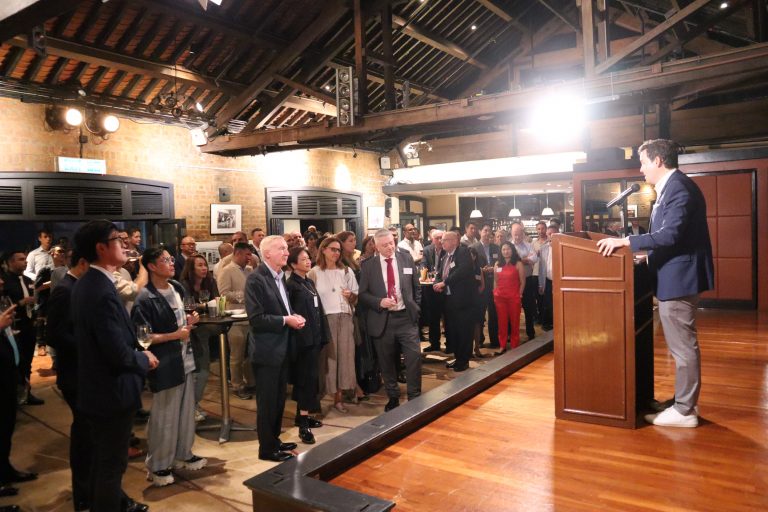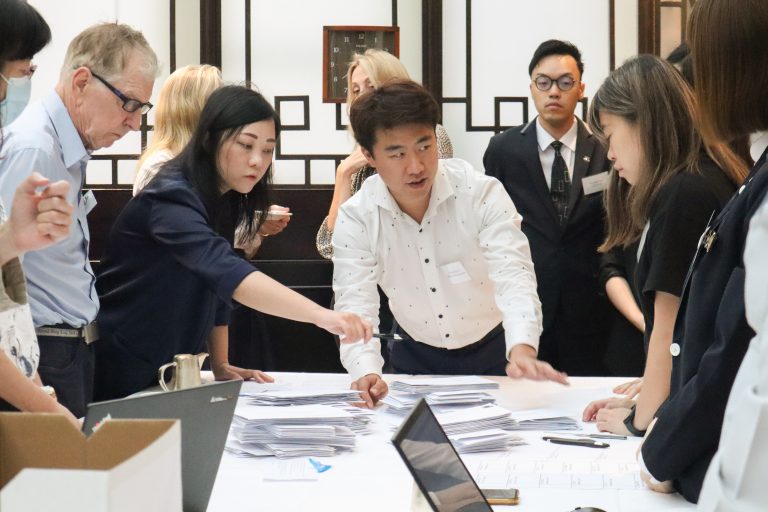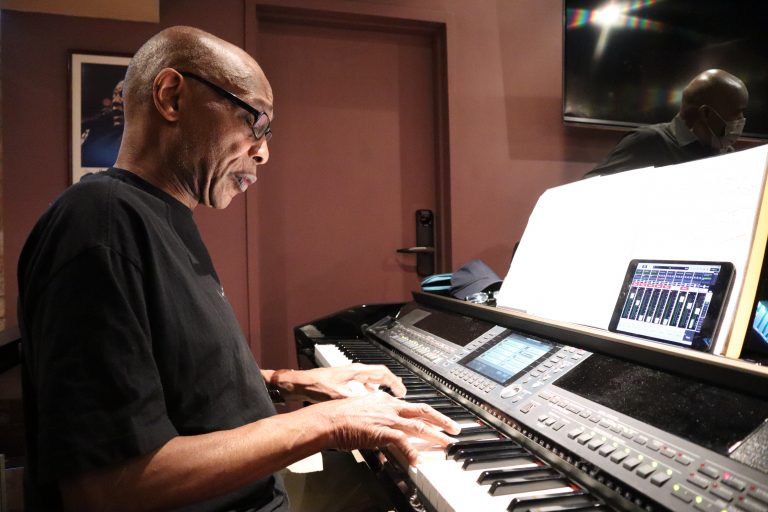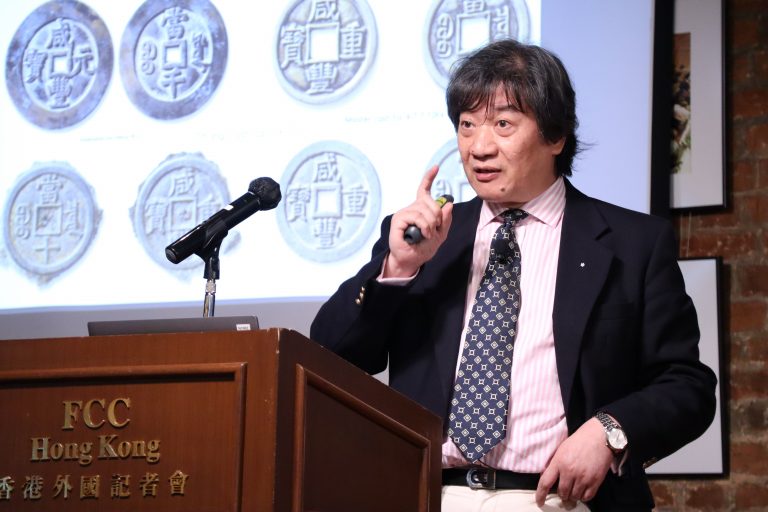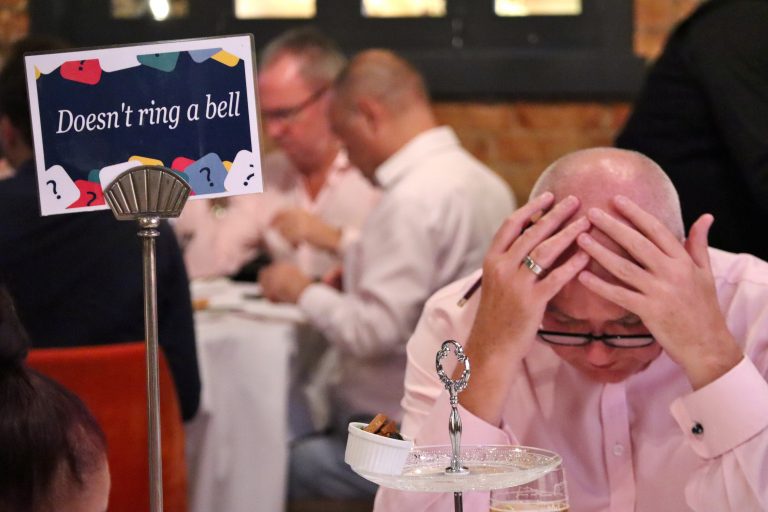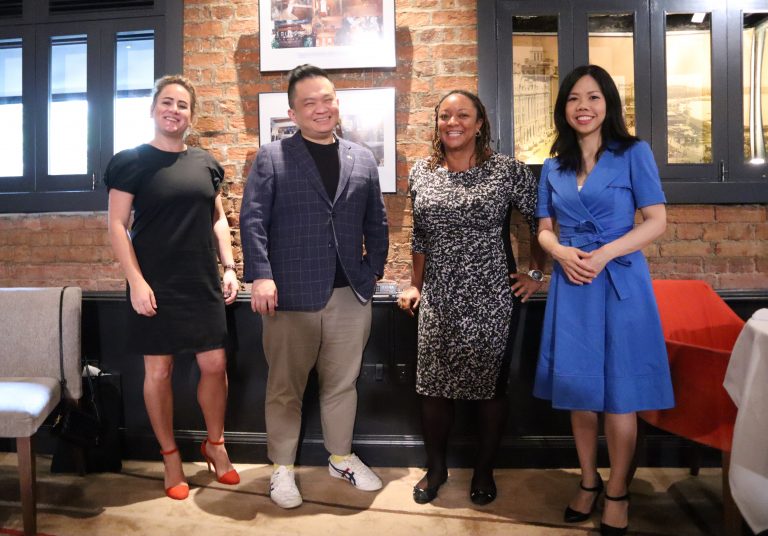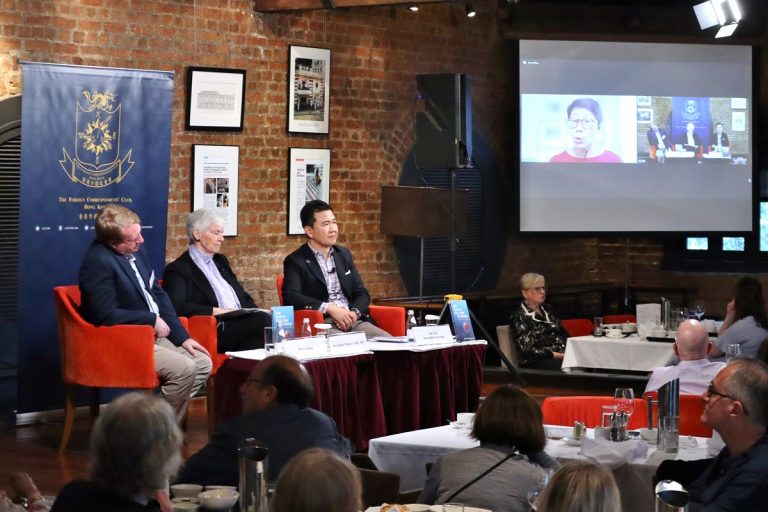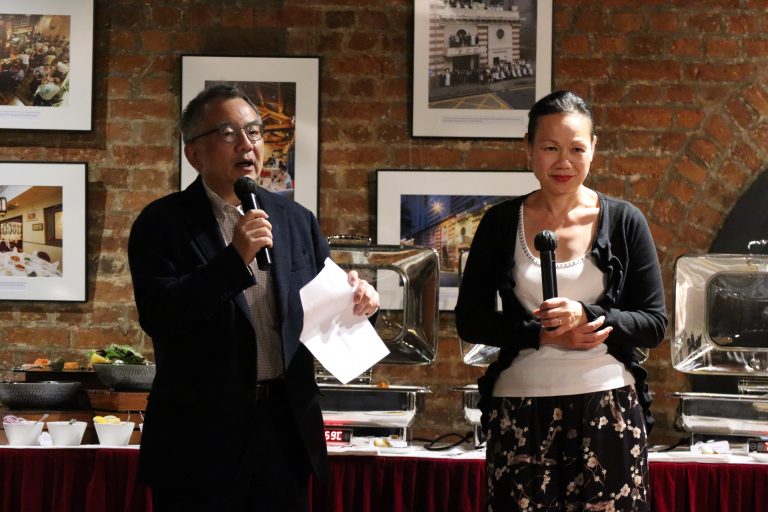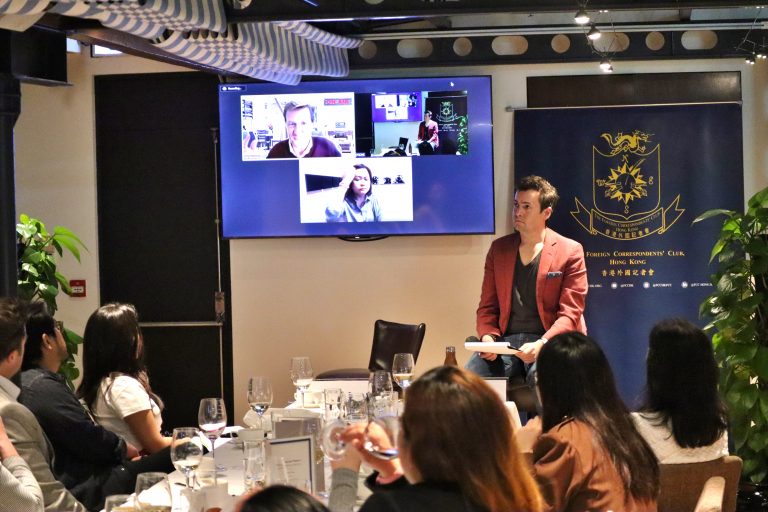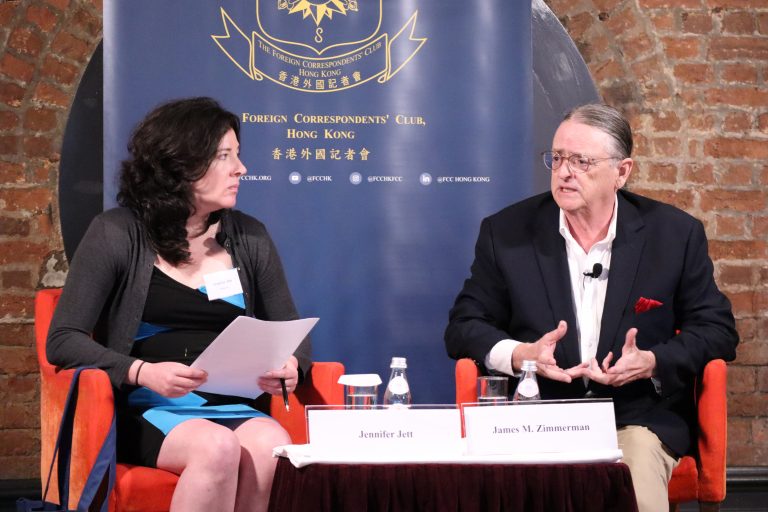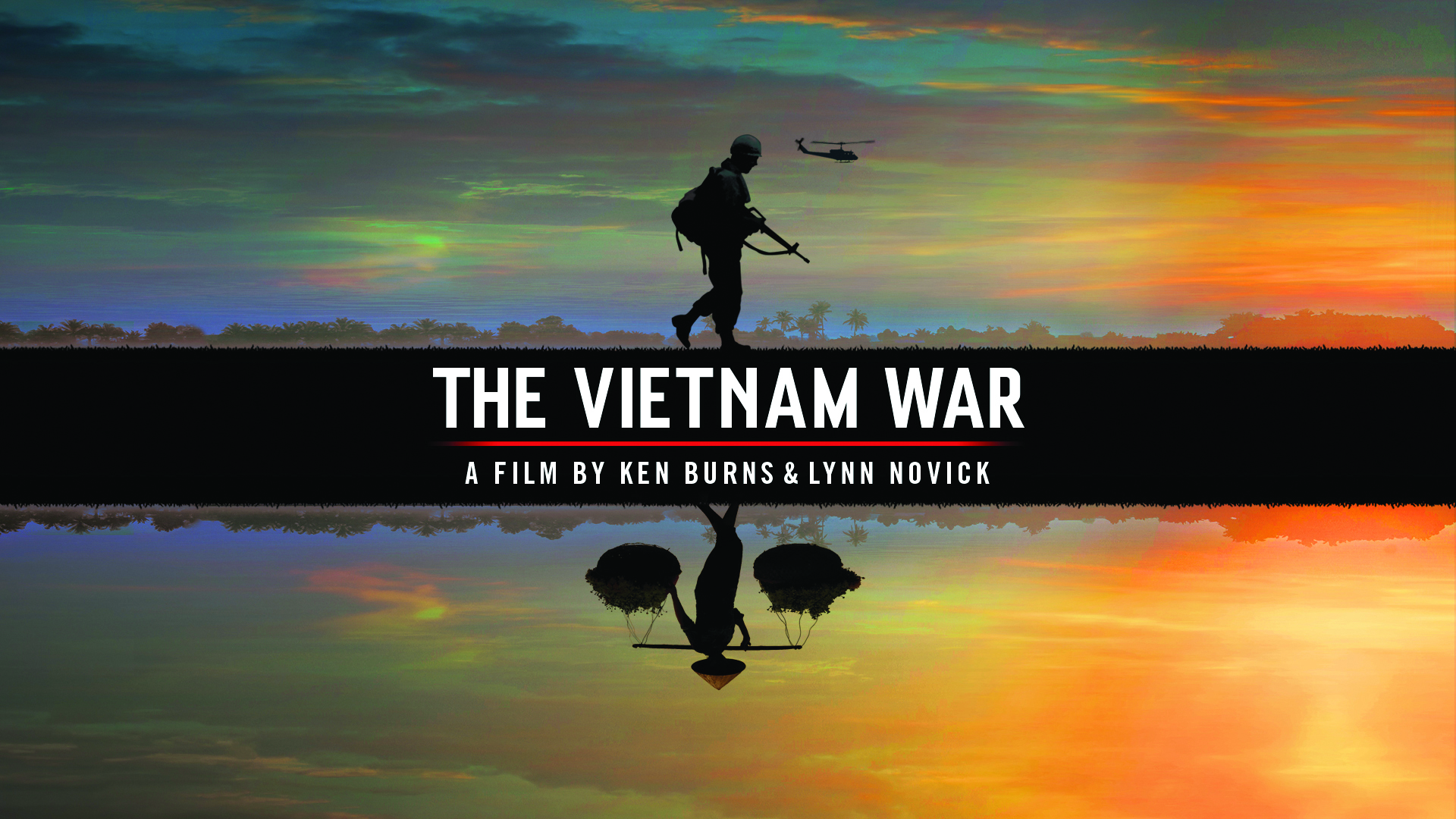
New 18-hour Vietnam War documentary and its errors of omission
A new 18-hour documentary on the Vietnam War, which has rekindled old debates about its legacy, falls short with some important omissions, says former war correspondent and former FCC president Jim Laurie.
 The Vietnam War: A Film by Ken Burns and Lynn Novick
The Vietnam War: A Film by Ken Burns and Lynn NovickIn September in America, the Vietnam War came back to television screens (as well as online portals) in one gigantic, jarring barrage in the form of a massive 18-hour documentary film series by Ken Burns, available through the American Public Broadcasting System.
For those who don’t know his work, Burns has been directing American historical films for PBS since 1982. He has tackled the American Civil War, the Jazz Era, Baseball, US National Parks, The Roosevelts: Teddy, FDR and Eleanor, and a half dozen other topics.
As might be expected, the Vietnam film, 10 years in the making, has rekindled old debates about the war and its legacy in 2017 America.
No recounting of the American war in Vietnam will satisfy everyone. The subject is too vast, too complex, and too divisive.
Burns and his co-director Lynn Novick portray Vietnam as the most destabilising war in US history apart from the American Civil War (1860-1865). The filmmakers say that the Vietnam War’s lasting legacy lies in the bitterly polarised politics and mistrust of government that characterises the US today.
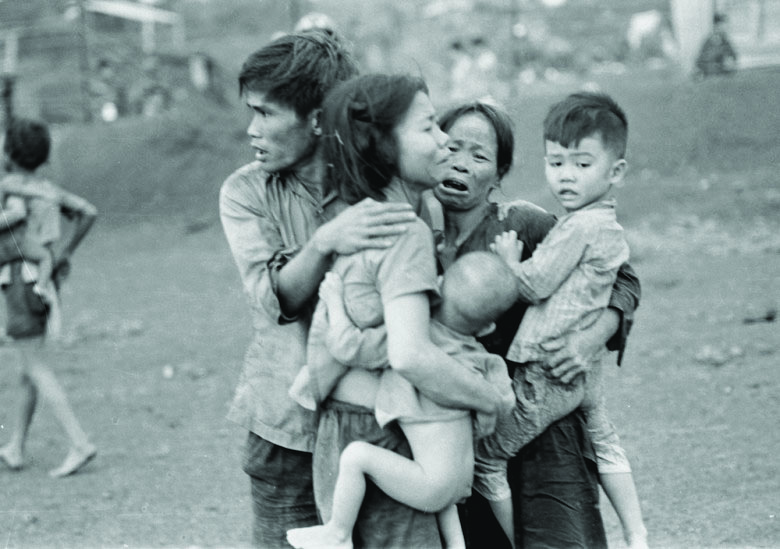 As a young reporter, I covered the war in Vietnam and Cambodia between 1970 and 1975. I was among a very few American journalists to witness the Communist victory when I remained in Vietnam for a month after the fall of Saigon. I have visited the country numerous times in the 42 years since.
As a young reporter, I covered the war in Vietnam and Cambodia between 1970 and 1975. I was among a very few American journalists to witness the Communist victory when I remained in Vietnam for a month after the fall of Saigon. I have visited the country numerous times in the 42 years since.
The 10-part documentary attempts to cover a vast swathe of history from the French colonisation of Indochina in 1858 to the close of the American war in 1973.
The last time PBS backed a documentary on the subject was in 1983 when it aired the 13-part “Vietnam: A Television History”. It was developed by widely respected journalist and author Stanley Karnow and directed by Richard Ellison. Each of its 13 parts was carefully researched and produced by a different documentary team; a number of them veteran producers who covered the war as young reporters. The New York Times praised the series as “delicately balanced and determinedly even-handed”.
Still, in an era before normalised US diplomatic relations with Hanoi, the American right wing branded the film as “pro-Communist”. Reed Irvine, head of the organisation Accuracy in Media denounced the series as containing ‘’serious errors and distortions”. In 1985, PBS buckled to pressure and aired a two-hour “rebuttal” narrated by actor Charlton Heston.
Interestingly, this time around Burns’ telling of the war has received a harsher verdict from the political left than from the right.
While the series clearly provides varied perspectives, (more than 80 interviews), the filmmakers at times skirt the edge of becoming apologists for a senseless war.
Geoffrey Ward, who has written a carefully crafted script narrated by Peter Coyote, writes early in the film: “The American involvement in Vietnam began in secrecy. It ended 30 years later in failure. It was begun in good faith, by decent people out of fateful misunderstanding, American overconfidence and Cold War miscalculation.”
Really?
The film is remarkable in its liberal use of the secret recordings of White House conversations. We hear the voices of President Lyndon Johnson, Secretary of Defense Robert McNamara, President Richard Nixon and Secretary of State Henry Kissinger. These recordings reveal cynicism, paranoia and deception that have little in common with “good faith” or “decent people”.
 South Vietnamese troops, who Burns often portrays as corrupt and inept.
South Vietnamese troops, who Burns often portrays as corrupt and inept.Conscious of their mostly American audience, the filmmakers are reluctant to be too harsh in any condemnation of US intentions. The theme, in effect, is that the American war in Vietnam was a bi-partisan, well-intended, accumulation of monumental mistakes made by six Presidents over 30 years.
The principal failings of this film are not errors of commission but, ironically for an 18-hour epic, errors of omission — particularly when profiling the principal victims of the war in Vietnam, Cambodia, and Laos.
In an interview with the New York Times, Burns made a startling admission when he said that he had to be persuaded by his co-director Lynn Novick to send a team to Vietnam and capture the voices of the Vietnamese. He saw his Vietnam as an “American story”.
The series displays a serious weakness in not recounting with depth and nuance, compelling stories of the peoples of Indochina, both combatants and civilians.
Apart from Duong Van Mai Elliott, author of the book “Sacred Willows: Four Generations of a Vietnamese Family”, nearly all the Vietnamese family portraits are shallow. We get little real feeling for the lives of those who suffered the most from the American war.
More than a million North Vietnamese and a quarter million South Vietnamese combatants died in the long war. Among civilians, as many as two million Vietnamese, 300,000 Cambodians and 100,000 Lao perished. Millions more were left homeless. In the war’s aftermath between 1975 and 1997, 1.6 million refugees fled Vietnam, more than half of whom were “boat people” who embarked on treacherous journeys that make the current-day tragedy in the Mediterranean seem minor by comparison.
It is particularly disappointing that despite the film’s extraordinary 18-hour length, Burns-Novick have little time for Cambodia.
In 1983, the Karnow-Ellis “Vietnam: A Television History” devoted a full hour to the war in Cambodia, which was written and produced by British journalist Bruce Palling. Burns-Novick determined that the wider war precipitated by President Richard Nixon’s “Cambodia incursion” on April 30, 1970 is worth less than three minutes in Episode Eight.
 Images from the war in Cambodia, which was largely ignored in the documentary.
Images from the war in Cambodia, which was largely ignored in the documentary.
This is despite the scale of the “incursion” where some 30,000 US troops and 50,000 South Vietnamese forces had plunged across the Cambodia border. (I covered the First Air Cavalry’s early sweep through the old French rubber plantations at Chup in May.)
We hear a short clip from Army veteran James Gillam who reached a “hot Landing Zone” on the western edge of the operation. There is a brief mention of Cambodia’s deposed Prince Norodom Sihanouk and the coup d’etat by General Lon Nol. And little else. Not a single Khmer witness is interviewed for the film.
In the phrase used by author William Shawcross, Cambodia was very much a “Sideshow”— certainly to the filmmakers.
The consequences to Cambodia of Nixon’s invasion and the South Vietnamese operations that followed were enormous. It pushed, for example, the North Vietnamese who had been using the eastern regions for weapons and troop infiltration deeper into Cambodia.
Arguably the Cambodian invasion was far more devastating in the long run to the local population than to any actions in Vietnam. The wider war in Cambodia unleashed the genocidal Khmer Rouge forces. From 1975 to 1979, as many as two million people died in the world’s worst holocaust since that of the Nazis during World War Two.
Burns-Novick use the Cambodia story as a brief transition to another American tragedy: the killing by national guardsmen of student war protestors at Kent State University Ohio on May 4, 1970.
Burns-Novick favour soldiers-turned-writers to help tell their story. Tim O’Brien — who while in the Army visited the area of the notorious My Lai massacre a year after US troops killed Vietnamese civilians in March 1968 — reads from his book “Things They Carried”.
On the North Vietnamese side, soldier-turned-writer Bảo Ninh is heard. We never really get a full profile of his life, and, unlike O’Brien, Bảo Ninh does not share with us readings from his remarkable 1990 novel, “Sorrow of War”.
One of the striking features of the series is its sound-track. In addition to the voices, helicopters, explosions, the remarkable sound mix includes virtually every music track popular in America in the period 1960 to 1975.
Again I would have wished for the filmmakers to capture some of the remarkable music from Vietnam in the period. In the Saigon I came to know, music and poetry shaped Vietnamese sensitivities. I remember well the wonderful writing and music of Trinh Cong Son, who Joan Baez once called “the Bob Dylan of Vietnam”, who wrote nearly 600 ballads of love and war. He died in Saigon (Ho Chi Minh City) in 2001.
Some of the nearly two million Vietnamese-Americans who form a vibrant and successful part of the fabric of today’s American society may feel the stories of their families go under-represented.
Too often in the film the South Vietnamese are portrayed as hopelessly corrupt and inept, although the film does highlight the brave South Vietnamese defeat of North Vietnamese regulars at the battle for An Loc in 1972. Elsewhere, there seems a lack of balance.
We hear retired General Lam Quant Thi (whose son is noted Vietnamese-American writer Andrew Lam) comment on the creation by some ARVN (Army of the Republic of Vietnam) commanders of “phantom soldiers”, where corrupt officers were paid the salaries of soldiers who did not exist. However, General Lam in I-Corp (the northern most military region) was one of the nation’s more effective commanders. We hear little of his troops and their bravery.
We are reminded by US Marine Corp veteran Tom Vallely that, “We overstated South Vietnamese incompetence because we wanted to overstate our importance.”
Remarkably, the portrayal of the Communist north seems more fairly handled.
 There is a complete account of North Vietnamese atrocities on civilians during the 1968 Tet offensive. There are strong testimonials to North Vietnamese brutality toward POWs and toward the losers in the war who were sentenced to long imprisonment in re-education camps.
There is a complete account of North Vietnamese atrocities on civilians during the 1968 Tet offensive. There are strong testimonials to North Vietnamese brutality toward POWs and toward the losers in the war who were sentenced to long imprisonment in re-education camps.
The portrayal of Vietnam’s most famous patriot Ho Chi Minh is balanced. The film notes his increasing weakness and the battles he lost in the mid-1960s within the Communist politburo.
The less well-known story of North Vietnam Communist hardliner Le Duan who pushed aside Ho Chi Minh, General Vo Nguyen Giap and other revolutionaries is important.
From my personal experience, the Le Duan account is accurately told by Burns-Novick.
A North Vietnamese cadre who had been a translator at the Paris Peace Talks in 1972-73 became a friend of mine in Vietnam and Cambodia in 1979. He was very outspoken in his view of Le Duan. At a dinner with him in Saigon in late 1986: “I want to propose a toast,” he said, after we had had far too many glasses of wine. “To what,” I asked. “To a Vietnam free of that scoundrel — Le Duan.” The much hated hardliner, who was blamed for many unnecessary deaths, had died in Hanoi in July 1986.
Because of Burns’ name, the series’ length, and its extensive publicity, this Vietnam television history will likely be the definitive educational tool for a new generation of Americans and others around the world learning about a war more than 40 years in the past — which is where the importance of the Public Television event lies.
Americans — especially now — need to take a step back. They should see their past, their wars, from a non-American perspective. The world is not all about the US. It should never have been and never should be only “America First”.
“The Vietnam War” is available on Netflix and other online streaming platforms. A 10-hour international version of the film is scheduled for release later this year on television in Australia, South Korea, and other Asia territories. A version with Vietnamese subtitles is available on line at http://www.pbs.org/show/vietnam-war-vietnamese-language/





